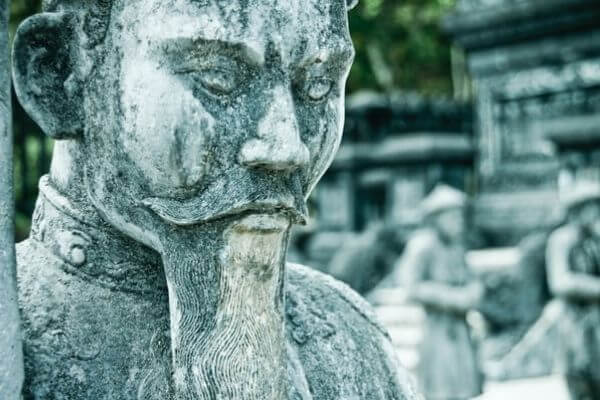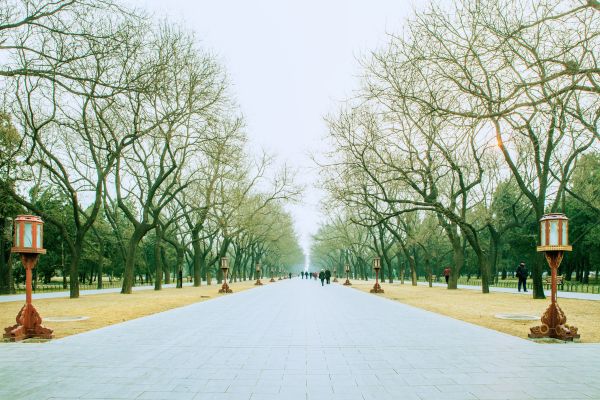
Key takeaways:
- A study of 27 existing Judicial Disciplinary Committees at the province level reveals how these committees function in reality.
- In 2019, the amended Judge Law (法官法) formally established the mechanism of judicial disciplinary committee at the legislative level.
- The Judicial Disciplinary Committee does not have the final say on disciplinary punishment, as its opinion serves as the direct basis for the court to decide on the punishment.
- A problem that the Judicial Disciplinary Committee faces is how to coordinate judicial discipline with the criminal investigation of the judge’s malfeasance by the procuratorate.
Since 2016, China has been working on establishing judicial disciplinary committees for investigating the malpractice of judges.
In 2020, the Supreme People’s Court (SPC) organized a seminar on “Preventing and Defusing Major Risks in the Comprehensive Reform of the Judicial System”, in which a paper entitled “Analysis of the Difficulties in the Operation of the Judicial Disciplinary System” (法官惩戒制度运行困境探析) discussed the operation of the Judicial Disciplinary Committee. The authors are Judge Chen Mingqiang (陈铭强) at Guangzhou Maritime Court and Judge Huang Xiaoying (黄晓莹) at Guangzhou Railway Transportation Court.
Based on an observation of 27 existing Judicial Disciplinary Committees at the province level, this paper presented how these committees function in reality.
The highlights of this paper are summarized below.
I. The formation of the Judicial Disciplinary Committee
In October 2016, the SPC and the Supreme People’s Procuratorate (SPP) jointly issued the “Opinions on the Establishment of a Disciplinary System for Judges and Prosecutors (for Trial Implementation)” (关于建立法官、检察官惩戒制度的意见(试行)) (the “Opinions”), proposing to establish a judicial disciplinary system.
Specifically, the Opinions requires the establishment of disciplinary committees for judges and prosecutors at the province level to investigate the malpractice of judges in various courts within its jurisdiction.
On 23 Apr. 2019, China amended its Judge Law (法官法), which formally establishes the mechanism of judicial disciplinary committee at the legislative level.
II. The composition and function of the Judicial Disciplinary Committee
The members of the Judicial Disciplinary Committee comprised of NPC representatives, CPPCC members, legal experts, lawyers, and judges, among which, judges shall account for not less than 50% of all members, and shall be elected from courts at different levels within the jurisdiction.
The Judicial Disciplinary Committee is responsible for examining the following malpractice of judges:
(1) Handling cases in violation of laws and regulations; and
(2) Rendering wrongful judgments with serious consequences due to gross negligence.
The Judicial Disciplinary Committee does not directly accept complaints against judges.
A complaint against a judge shall be submitted to the court where he/she holds office, and the said court shall apply to the Judicial Disciplinary Committee for examining the judge’s alleged malpractice.
The Judicial Disciplinary Committee will render a review opinion after examination. The opinion is mainly to show whether the judge has committed any malpractice mentioned above, and if so, the fault or negligence of the judge to the malpractice.
However, the Judicial Disciplinary Committee is not responsible for making disciplinary decisions on judges.
The review opinion of the Judicial Disciplinary Committee will be sent to the judge concerned and the court in which the judge holds office, and then the said court will decide on the disciplinary punishment.
Therefore, the Judicial Disciplinary Committee is not the one having the final say on punishment, but a third-party institution evaluating the judge’s case trial from a professional perspective during investigation of mistaken cases. Its opinion serves as the direct basis for the court to decide on the disciplinary punishment.
III. The practical operation mechanism of the Judicial Disciplinary Committee
After research, the author finds that 27 out of 31 regions at the province level in Mainland China have established Judicial Disciplinary Committees, with only 4 regions not doing so yet.
There are three operation modes of the Judicial Disciplinary Committee:
(1) In some regions, it is called the Disciplinary Committee of Judges and Prosecutors, and is responsible for examining malpractice of both judges and prosecutors.
(2) In some regions, it is called the Disciplinary (Selection) Committee of Judges and Prosecutors, that is, the disciplinary committee and the selection committee are combined into one, which is responsible for the disciplinary punishment examination and the selection of judges and prosecutors.
(3) In some regions, it is called the Judicial Disciplinary Committee, and is only responsible for the disciplinary punishment examination of judges.
In some regions, the seats of the Judicial Disciplinary Committee are allocated to different departments, and the relevant personnel are appointed by such departments to serve as the members of the Committee.
For example, the Judicial Disciplinary Committee of Guangdong Province is composed of 19 members. Among them:
(1) Seven members are leaders recommended respectively by the Standing Committee of the Provincial People’s Congress, the Internal Judicial Committee of the Provincial People’s Congress, the Provincial Committee of Political and Legal Affairs, the Provincial Supervision Committee, the Provincial Procuratorate, the Provincial High Court and the Provincial Department of Justice;
(2) Four members (one local People’s Congress deputy, one local People’s Political Consultative Conference member, one legal expert, and one lawyer) are recommended respectively by the Liaison Committee of the Standing Committee of the Provincial People’s Congress, the Liaison Committee of the Provincial People’s Political Consultative Conference, the Provincial Law Society and the Provincial Lawyers’ Association; and
(3) Eight members are judges and prosecutors.
IV. Our comments
China is still on the way of trial-and-error as to the operation mechanism of the Judicial Disciplinary Committee. The mechanism established by most provinces is not specific enough, far from that of litigation and arbitration.
In addition, the Judicial Disciplinary Committee also faces a difficulty, that is, how to coordinate judicial discipline with the criminal investigation of the judge’s malfeasance by the procuratorate. In other words, if the judge’s violation of duty has constituted malfeasance, whether it should be examined by the Judicial Disciplinary Committee first, and then investigated by the procuratorate, or the other way around?
At present, the SPC leaves this problem to be solved by the provinces themselves. It is possible that China will establish a national unified model based on the experience of different provinces.
Photo by Wicked Sheila on Unsplash
Contributors: Guodong Du 杜国栋









